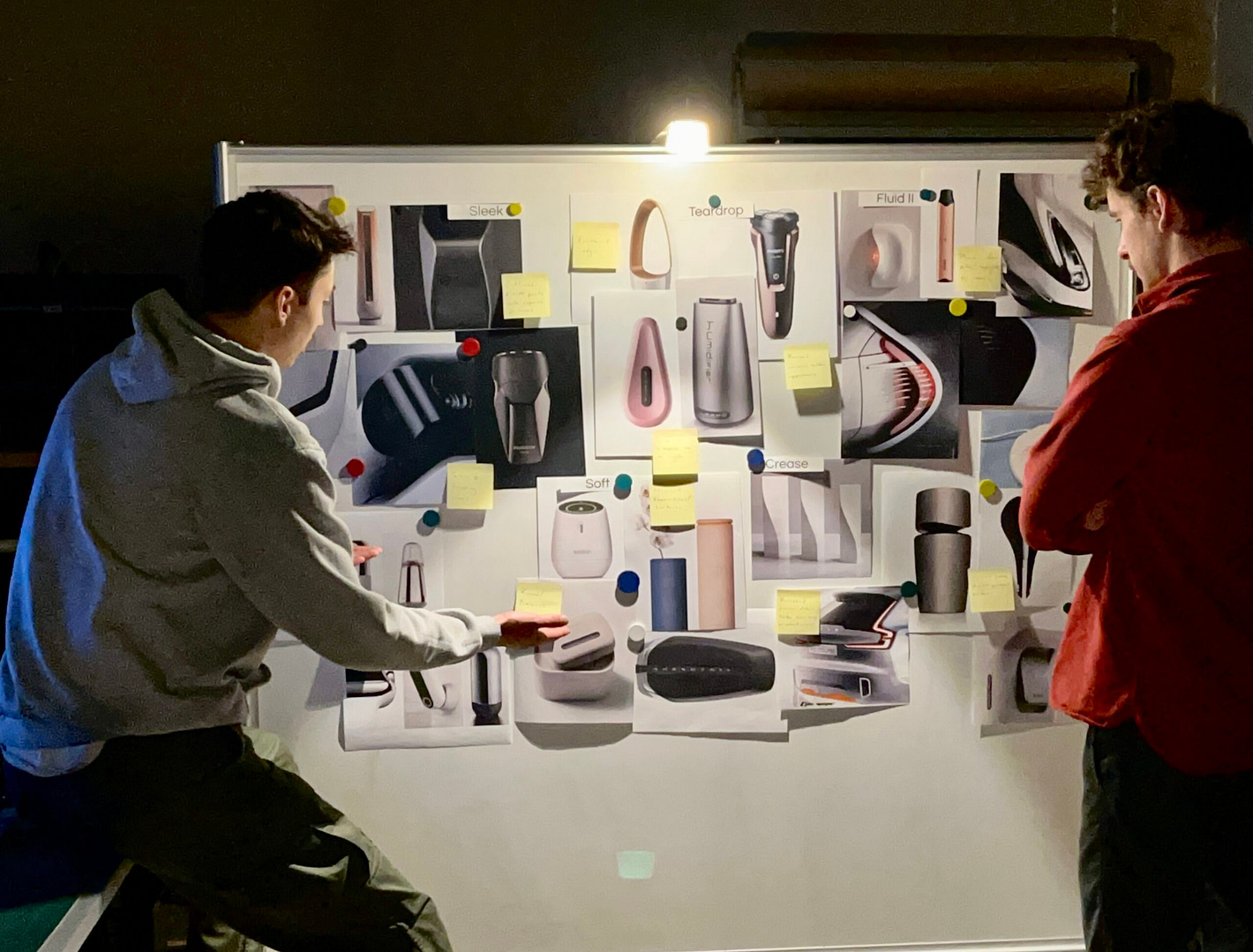As technology and the adaptation of digital illustration tools improve, the ideation of product design has opened up a world of possibilities when it comes to shaping and presenting the composition of your product and all of its iterations. Nevertheless, there’s something to be said about the traditional approach to creating working sketches throughout various initial design stages, as it allows designers to work through the concepting stage efficiently and connect ideas.
Conventional sketching encourages the evolution of the product while enabling on-the-spot innovation. In contrast, CAD illustrations provide immense clarity and help cut through the ambiguities of a product when presenting it to others. We’ll cover the advantages and limitations of each design method and how they can contribute to various elements of the design process.
Examining the Various Sketching Stages and Designations
In the first stages of design, process sketches help design teams understand, analyze, and identify potential problems within a design to help flesh out ideas from an abstraction. This leads to ideation sketches that help designers brainstorm, collaborate, and experiment with prototypes to contribute to early product development.
Once the design is realized, simple, clear, and universal explanatory sketches help present a concept’s basic function, shape, and composition. These lead to highly detailed and more elaborate persuasive sketches to assure and influence clients and consumers of a design’s value.
The blend of working sketches to conceptualize and work through a product’s evolution and detailed illustrations created with CAD software and image editor software to create, optimize, and bring precision to design drawings connects the validity and importance of both methods.
Achieving Efficiency and Clarity Through Every Step of the Design.
Individual teams may differ on where the use of traditional sketching implements makes way for the integration of digital tools. The goal is to create the most streamlined process in order to get the design to market. The perspective of when to integrate illustration software and support differs based on the skills of the individual design team.
In the primary stages, sketching is important to bring the concept to life and work out the obvious obstacles straightaway. There’s something to be said about working through this period with a quick and dirty rendering of the basic function and appearance of the design. This is also effective in helping designers work through the concept in real-time as it is molded and evolves toward the next stages.
After the initial phase, the ideal illustrative methods vary depending on a number of factors.
Hand Drawn Renderings VS Sketching with Software Applications
To get maximum clarity during the basic stages of design sketching, it’s important to recognize where a creator’s natural skill set lies. Some designers will feel much more comfortable and connected by using a whiteboard and colored markers, while others are more skilled at CAD technology and prefer the ability to render concepts efficiently with more visual clarity than they could by hand drawing. Identify the easiest way to work through the functionality of the design stages by understanding your:
- Skills
- Tools
- Technology
- Solution
- Audience
Do you have a natural handle on the scale, perspective, shadows, and integrating realistic details? If so, it will likely suit you to hand draw the initial iterations of your design as you work through the process. If that’s not your natural proficiency, there is plenty of accessible software to aid you while being respectful of the timeline allotted for each stage.
Various tools and techniques can help reproduce one, two, and three-point perspective sketches that can be developed into more complex illustrations in later phases. Adding and refining details in sketches will help clarify, emphasize, and translate the details, solutions, and benefits your product provides for clients and other collaborative design team members.
Collaborative Support Through the Product Design Stages
Product design is about solving problems related to aesthetics, performance, and overall satisfaction. The most efficient approach for visualization varies by each design team. The ultimate goal is to create the most streamlined process possible for efficient product development. If you’re looking for support with your product design, contact Choi Design Group to take your concept to the next phase.




